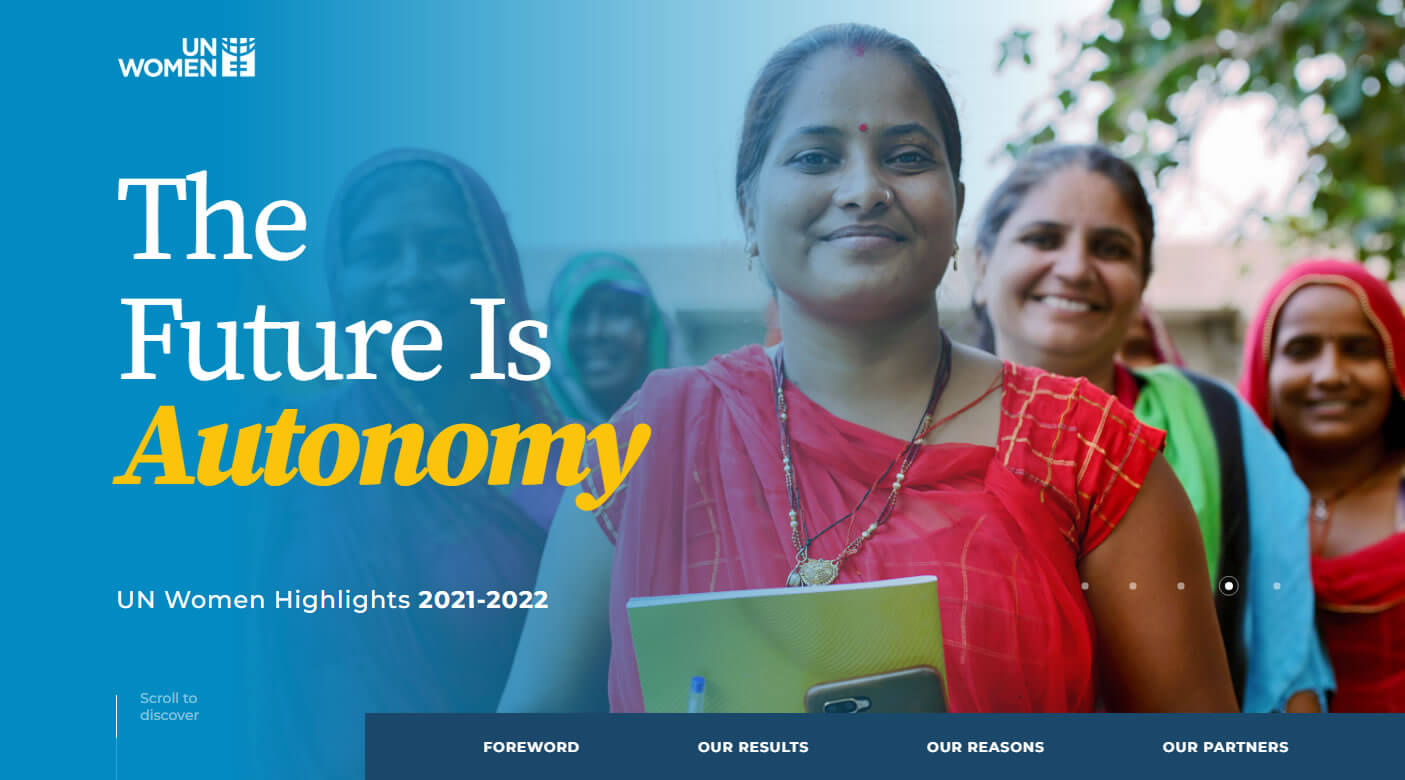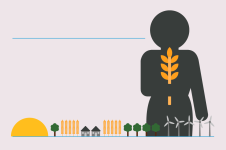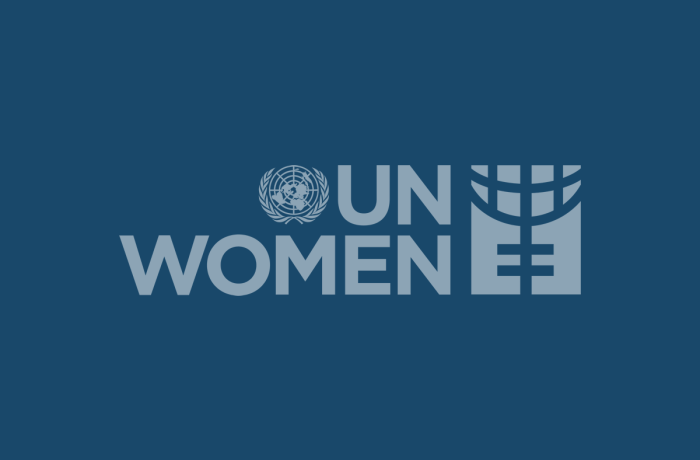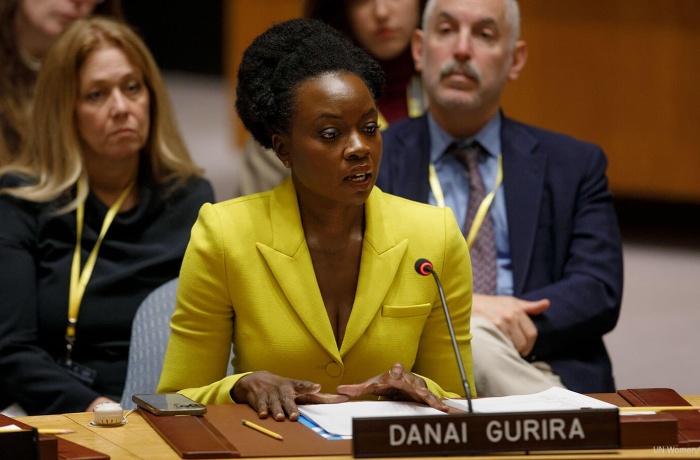Spreading digital literacy and radical love to combat online gender-based violence
Dilanaz Güler is a 19-year-old gender equality activist from Türkiye. An advocate against femicide and online gender-based violence, she also works to promote digital literacy and critical media consumption and is the founder of the youth and adolescent-led collective Youth for Digital Literacy. Dilanaz believes that young people’s unique relationship to the internet—including, for many, a lifetime of unadulterated online access—make them critical to tackling some of its trickiest problems.

Down the rabbit hole
Whether it’s men harassing women in their messages or posting hateful comments on their photos, many of us have a preconceived idea of what online-gender based violence looks like. But it can take lots of forms, she says, and “doesn’t have to necessarily be overtly aggressive or actually threatening”.
In fact, the easily recognizable forms make up the minority of cases. And though their less obvious counterparts can be equally harmful, they tend not to be covered by existing legal frameworks. Dilanaz points to deepfake pornography, a growing trend for which there is currently no legal recourse. To effectively address the issue, she says, “it’s really important to deconstruct what we mean by online gender-based violence.”
The proliferation of online violence and misogyny fit into a larger trend of internet radicalization exacerbated by COVID-19. Alone in their homes, many people found connection in online communities that may have initially seemed harmless. “It’s not like people log on and decide that they’re going to be misogynists,” Dilanaz emphasizes. But in the absence of other outside influences, extremist beliefs became less recognizable for what they were.
What makes internet rabbit holes so effective is their mingling of facts and lies to shroud their underlying agendas. “It’s very hard to dismantle all of these arguments one by one,” says Dilanaz. Misogynistic and far right influencers were propelled to fame this way, and their growing followings often included people who did not—at least, at first—share their views. But over time, these influencers’ popularity helped normalize their behavior and push their beliefs into the mainstream.
Radical change
“A lot of the struggles that we have in the online sphere would actually be solved with pretty simple steps,” says Dilanaz. A crucial starting point? Fact-checking. Her work on digital literacy and critical consumption is motivated by the idea that, if you can effectively sort out what’s true and what isn’t, it’s much harder to get caught up by reactionary rhetoric.
Dilanaz also advocates for what she calls “radical love politics”. When you’re online, she says, “find communities that are built on love and communication, rather than something that they’re pushing against”. Building networks around a shared positive vision is another way to avoid the reactionary beliefs that have been growing increasingly popular not only among misogynists but among some feminist activists as well.
Dilanaz’s own vision is clear. “The reason why I do the work I do is that I have a very deep, fundamental belief that technology can change the world to be a better place,” she says.
Particularly in the wake of crisis—such as the recent earthquakes that have devasted large parts of Türkiye and Syria—its power to connect people can transform and even save lives. From global digital fundraisers and real-time updates to online reporting mechanisms for survivors of violence, “technology establishes a bridge between a lot of organizations, a lot of people, a lot of cultures,” Dilanaz emphasizes.
Network connection
“When you’re starting your activism, I think it’s a very isolating experience to be more aware of your common environment than your peers,” says Dilanaz. “So my advice is always to find networks that can support you and that can allow you to communicate in ways that are not just like shouting into a concrete wall.”
And that’s where the internet can help. Just by logging on, “you can engage with people that do want to be engaged with. That is a very basic premise of the internet. But it is, I think, also the most valuable one in terms of conducting activism.”







